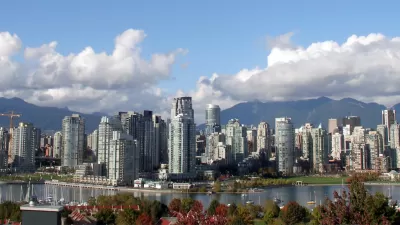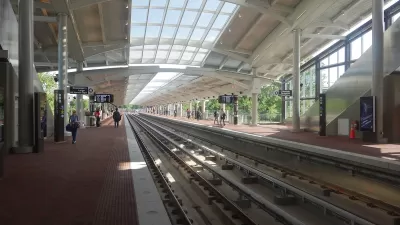While planners generally sell plans with "integrated infill" and "elegant density" that pairs new development with public amenities, the reality of what gets built in neighborhoods isn't always what's promised.
"Mechanic Jim Chasse reaches deep into the engine of a 25-year-old Mercedes-Benz 300D sedan, seeking a new grip with his ratchet wrench. These old Mercedeses will run forever, a half-million miles, he says, but this one's oil filter housing is leaking.
The ironic thing, he says, is that the old Mercedeses are popular with young enviro-hipsters because they can run on biodiesel, fuel typically made from soy or canola oil. Never mind that their leaky old engines often drip oil all over, he says with a grin. "But we're using biodiesel."
The disconnect between an environmental ethos and hood-slamming reality is echoed in many of Portland's neighborhoods. In a city bursting with green idealism, much of the growth is development as usual: Clear the lot and fill it with buildings that loom over and elbow the neighbors.
Metro, the regional government, tried to address that with a winter design contest called "Integrating Habitats." Contestants entered designs in three categories: A "big box" store, a mixed-use development or an infill project for a city block.
The challenge was to go beyond energy-efficient buildings and come up with designs that retained trees and enhanced streams and wildlife habitat.
The entries are striking. But while urban designers exchange fist-bumps at their creativity, people in the neighborhoods don't talk about integrating habitats. They talk about crime, poverty, traffic, overwhelmed streets, lost trees, missing sidewalks and crowded schools.
"All this infill," says Judy Pohl, who lives near Southeast 122nd and Division. "They take out a nice little home and put in 12 units with no play area, no trees and more traffic."
Chasse often hears from Powellhurst-Gilbert neighbors upset about developers cutting the towering Douglas firs that grace much of outer Southeast Portland."
FULL STORY: Planners' infill designs don't always reflect reality in Portland

Alabama: Trump Terminates Settlements for Black Communities Harmed By Raw Sewage
Trump deemed the landmark civil rights agreement “illegal DEI and environmental justice policy.”

Planetizen Federal Action Tracker
A weekly monitor of how Trump’s orders and actions are impacting planners and planning in America.

The 120 Year Old Tiny Home Villages That Sheltered San Francisco’s Earthquake Refugees
More than a century ago, San Francisco mobilized to house thousands of residents displaced by the 1906 earthquake. Could their strategy offer a model for the present?

Opinion: California’s SB 79 Would Improve Housing Affordability and Transit Access
A proposed bill would legalize transit-oriented development statewide.

Record Temperatures Prompt Push for Environmental Justice Bills
Nevada legislators are proposing laws that would mandate heat mitigation measures to protect residents from the impacts of extreme heat.

Downtown Pittsburgh Set to Gain 1,300 New Housing Units
Pittsburgh’s office buildings, many of which date back to the early 20th century, are prime candidates for conversion to housing.
Urban Design for Planners 1: Software Tools
This six-course series explores essential urban design concepts using open source software and equips planners with the tools they need to participate fully in the urban design process.
Planning for Universal Design
Learn the tools for implementing Universal Design in planning regulations.
Clanton & Associates, Inc.
Jessamine County Fiscal Court
Institute for Housing and Urban Development Studies (IHS)
City of Grandview
Harvard GSD Executive Education
Toledo-Lucas County Plan Commissions
Salt Lake City
NYU Wagner Graduate School of Public Service





























